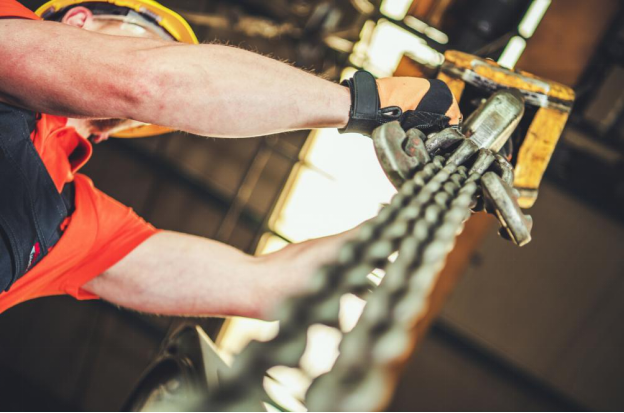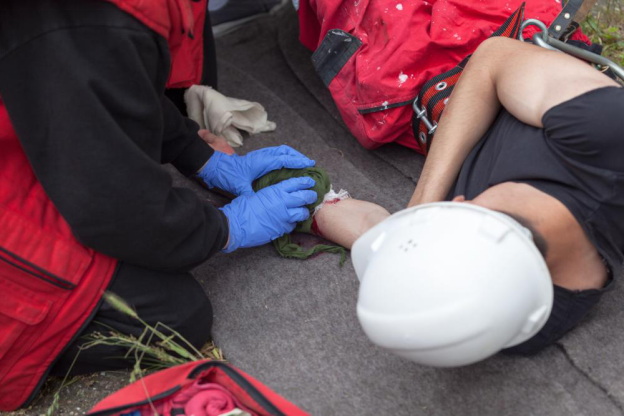Safety and protection are the principle rights of every employee. It’s only when these two rights are provided that an employee can perform even close to the best of their abilities. Although, previously, safety was taken for granted in the workplace, companies now put an enhanced focus on making sure that the working conditions are in accordance with the safety regulations provided by the Canadian government.
However, occupational injuries are still common all over the world, with over 374 million occupational accidents occurring every year.
What are occupational injuries?
An occupational injury is any injury incurred due to an occupational accident. Naturally, occupational accidents are unpredictable and can happen to anyone in the workforce. Even injuries suffered during transport or travel are considered occupational injuries if they occur while you were performing a work-related task. Treatment for these injuries is usually covered by occupational accident insurance in the event that the employer offers it.
Common workplace injuries
Falling from heights
One of the most common occupational injuries is caused by falling from heights. Unfortunately, workers who suffer an injury caused by heights often face long recovery times as their injuries are severe. Falls from heights account for nearly 20% of workplace fatalities in Canada, which is an alarmingly high number.
In order to reduce the risk of such injuries, employers are encouraged to maintain their equipment and routinely upgrade their machinery.
Slipping or Tripping
Since a lot of labour-intensive work involves moving heavy equipment from one place to another, and that too at a quick pace, it’s no surprise that trips and slips are common in the workplace with nearly 42,000 falls suffered by employees every year.
Therefore, it’s essential that employers take care of any tripping hazards and ensure that their team has proper footwear on at all times.
Struck by objects
If the nature of the work involves dealing with cranes, forklifts and other such machinery, then workers are highly at risk of being struck by falling objects. In such cases, it’s the employer’s responsibility to provide adequate protective equipment that can prevent injuries.
It’s also vital that you conduct an in-depth analysis of potential danger zones in your workplace and take extra preventive measures to ensure your team stays safe while operating in those areas.
At Metro Safety Training, we specialize in providing workplace safety courses that include Fall Protection Training and emergency first aid training in BC. For more information, contact us today!








